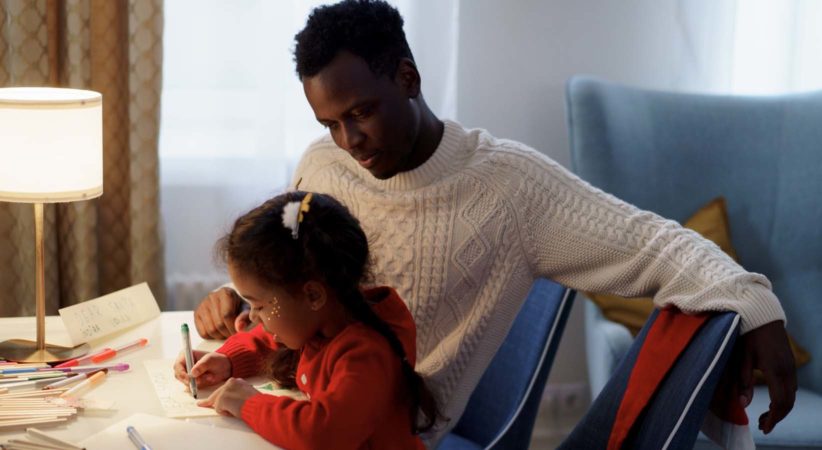
Teaching a Child to Write Their Name
Name writing is often the first accomplishment of young emerging writers. Because it is meaningful to them, children enjoy learning to recognize and later write their name. This ability is also an important early indicator of their future reading and writing success. Name writing is connected to alphabet knowledge, letter writing, print concepts and spelling. Learning to recognize and write their name offers children a strong literacy learning foundation.
Scholastic offers 5 fun activities for helping children learn to write their name:
- Sticker names: Write the child’s name on a large piece of paper in big letters. Have them place colourful stickers on the letters, covering the lines.
- Play dough names: Again, write the child’s name on a large piece of paper in big letters. This time invite them to roll play dough “snakes” or “sausages” to cover the shapes of the letters.
- Brick names: Using building bricks like Lego or Duplo, have the child build each letter of their name. You can also mix up the letters of their name and have them place them back in the correct order.
- Bead names (4 and up): Find big, chunky letter beads that are easier for little hands to thread. The child can find the letters for their name and thread them on a string to make their very own necklace.
- Bottle cap names (5 and up): Using a marker, write one letter of the child’s name on the inside of a bottle cap. Invite the child to choose the letters of their name and arrange them in the correct order. You can also play a memory game by turning the caps over.
Have a look at the video below for another fun way for a child to learn to write their name.
Click on the resources listed below to learn more about the why, when and how to teach children to write their name.
Resources
Related Blog Posts
Ideas for Family Literacy Programs at a Distance
Remote Instruction for Family Literacy Programs: Dealing with COVID-19 Challenges in the Virtual Classroom provides suggestions for dealing with the challenges of providing distance learning in family literacy programs. This …
Indigenous Picture Books
Picture books are a wonderful way for young children to learn about themselves and learn about others. More and more picture books written for children by Indigenous authors are becoming …
Wee Read and Pee Wee Read
Are you interested in enriching the reading life of a child? Learn how best to support a child’s reading at home with wee read and pee wee read. Calgary Learns …
